Plate Tectonics Drawing, Earth’s lithosphere , or outermost shell, is broken up into large pieces called tectonic plates.
Plate Tectonics Drawing - You may drag the earth to see different views. Draw each plate boundary and write an explanation of what is happening at each diagram. Discover how to create new mountains, volcanoes, or oceans! We categorize the ways plates interact at their edges as having convergent, divergent, or transform boundaries. Set one of the two positions (a or b) to adjust. These plates move and interact with one another, driven by convectional forces within the earth. Each land mass can be adjusted by modifying their x, y, and z axis rotation (this can be tedious). Students will draw plate boundaries on a map and learn that more scientific data are needed to more accurately locate certain boundaries. Change temperature, composition, and thickness of plates. Start by looking in the middle of the atlantic ocean) 3. Web students will examine plate boundaries, continents, and oceans on a globe. Web introduction to teaching plate tectonics. As students become aware of plate movements, they begin to identify patterns that set the stage for deeper understanding of a very complex topic. Students look at four major types of rocks and determine in which tectonic environment they were created. Web. The activity uses a simple “where’s waldo” approach to identify tectonic Change temperature, composition, and thickness of plates. Students look at four major types of rocks and determine in which tectonic environment they were created. Web the lithosphere is divided into a number of tectonic plates. The theory, which solidified in the 1960s, transformed the earth sciences by explaining many. Students look at four major types of rocks and determine in which tectonic environment they were created. Explore creative ways to draw and illustrate plate tectonics. Describe the features and processes found at different plate boundaries and explain why features are found in certain locations. Set one of the two positions (a or b) to adjust. Draw each plate boundary. Start by looking in the middle of the atlantic ocean) 3. Divergent boundaries create new crust, while convergent boundaries, where plates collide, can form mountains, island arcs, earthquakes, and volcanoes. Explore creative ways to draw and illustrate plate tectonics. The activity uses a simple “where’s waldo” approach to identify tectonic Constructive plate boundary constructive plate boundary 1. Each land mass can be adjusted by modifying their x, y, and z axis rotation (this can be tedious). Explore creative ways to draw and illustrate plate tectonics. Web review your understanding of plate tectonics in this free article aligned to ngss standards. Web plate tectonics involves the movement and interaction of earth's crustal plates, leading to geological changes. You. The activity uses a simple “where’s waldo” approach to identify tectonic Students will examine divergent, convergent, and transform plate boundaries. Web this lab aims to draw together rock identification and plate tectonics as well as relative age relationships. Change temperature, composition, and thickness of plates. Web as students become aware of plate movements, they begin to identify patterns that set. Web the plate tectonics mapping activity allows students to easily begin to identify basic tectonic processes on a global scale. Web review your understanding of plate tectonics in this free article aligned to ngss standards. Web the lithosphere is divided into a number of tectonic plates. Students look at four major types of rocks and determine in which tectonic environment. Web plate tectonics is a scientific theory that explains how major landforms are created as a result of earth’s subterranean movements. Get inspired to create stunning and educational drawings that depict the movement of earth's plates. These plates move and interact with one another, driven by convectional forces within the earth. Web the lithosphere is divided into a number of. The theory, which solidified in the 1960s, transformed the earth sciences by explaining many phenomena, including mountain building events, volcanoes, and earthquakes. The activity uses a simple “where’s waldo” approach to identify tectonic Plate tectonics plus rock formation. A simple “where’s waldo” approach to identify tectonic symbols on a laminated world plate tectonic map. Web • draw arrows that correctly. Web this lab aims to draw together rock identification and plate tectonics as well as relative age relationships. Web explore how plates move on the surface of the earth. Discover how to create new mountains, volcanoes, or oceans! Plate tectonics plus rock formation. Web introduction to teaching plate tectonics. Divergent boundaries create new crust, while convergent boundaries, where plates collide, can form mountains, island arcs, earthquakes, and volcanoes. Students look at four major types of rocks and determine in which tectonic environment they were created. Web students will examine plate boundaries, continents, and oceans on a globe. As students become aware of plate movements, they begin to identify patterns that set the stage for deeper understanding of a very complex topic. Set one of the two positions (a or b) to adjust. Web • draw arrows that correctly illustrate the motion of three types of plate motion (transform, divergent, and convergent); Choose from tectonic plates stock illustrations from istock. Use the webquest to help you add color and detail to the following drawings. Get inspired to create stunning and educational drawings that depict the movement of earth's plates. Use the numbers to help you order your ideas. Drawings and explanations adapted from: In plate tectonics, earth’s outermost. And • write a compare and contrast essay describing the type of surface features found at each plate boundary. These plates move and interact with one another, driven by convectional forces within the earth. We categorize the ways plates interact at their edges as having convergent, divergent, or transform boundaries. Explore the boundaries between earth's tectonic plates with mapmaker, national geographic's classroom interactive mapping tool.
Using Tectonic Plates to Draw Terrain Worldbuilding

Chapter 1 Plate Tectonics The Story of Earth An Observational Guide
Theory of Plate Tectonics CK12 Foundation
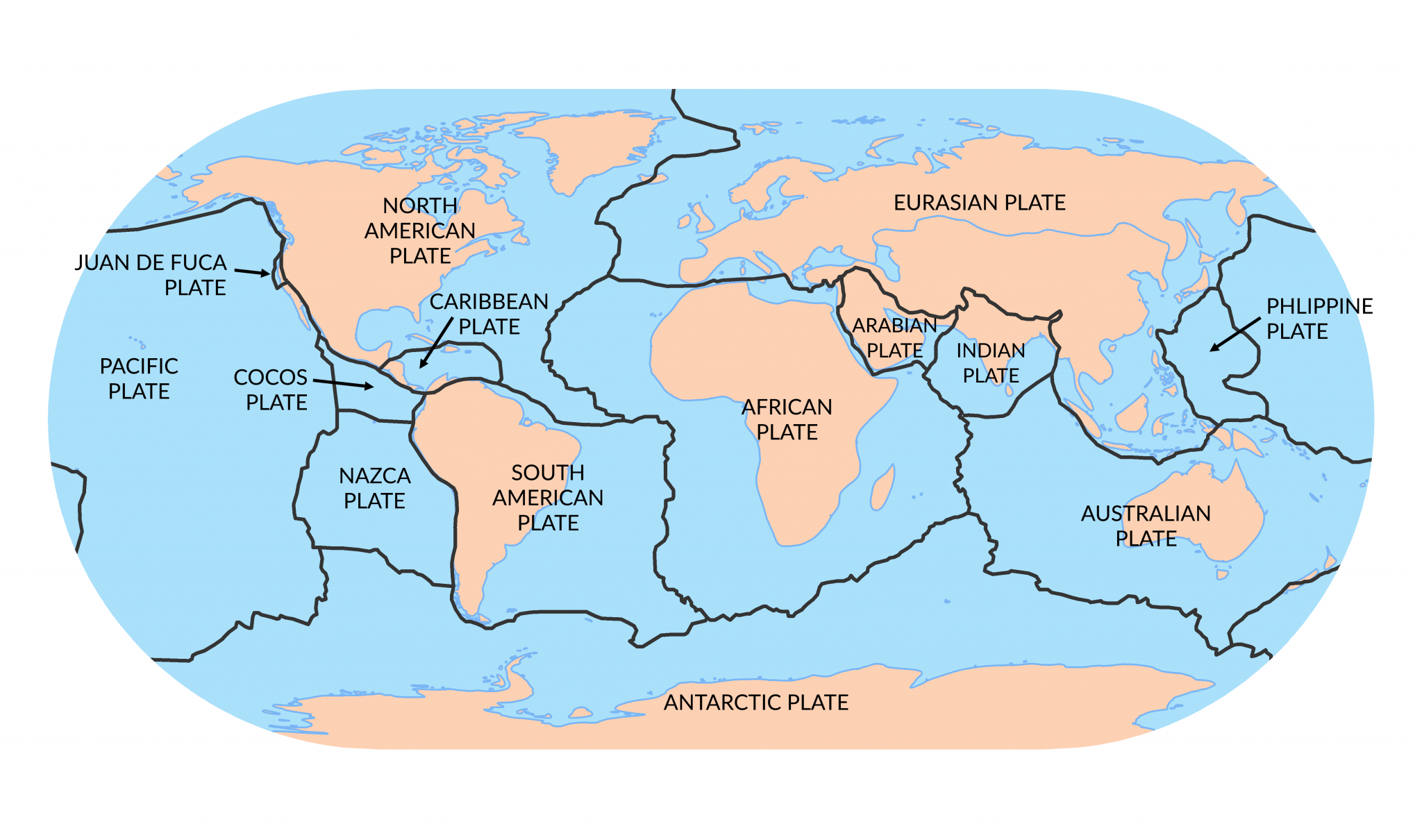
Plate Tectonic Types Divergent, Convergent and Transform Plates

2 Schematic representation of the three types of plate boundaries

Section 4 The Theory of Plate Tectonics Nitty Gritty Science
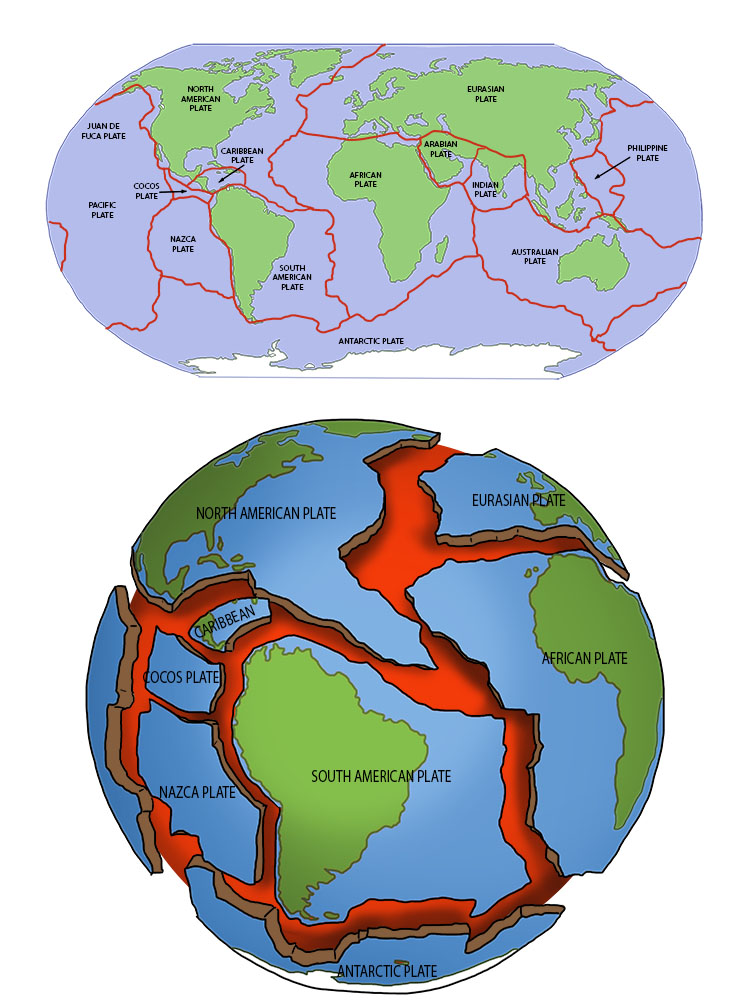
Tectonic Plates Geography Mammoth Memory Geography
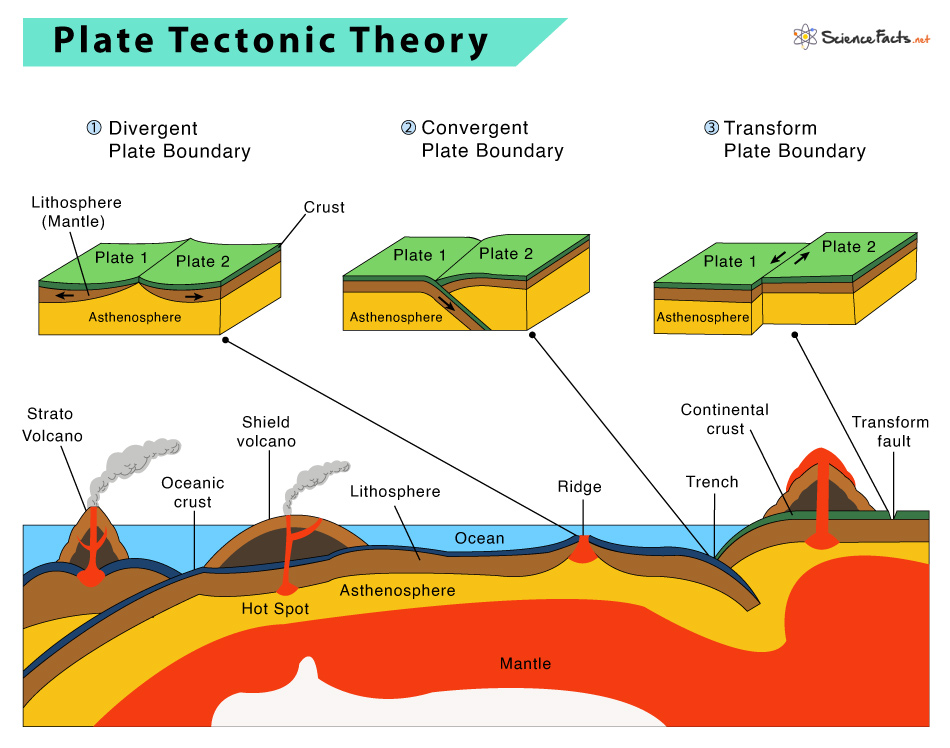
Plate Tectonics Definition, Theory, Types, Facts, & Evidence
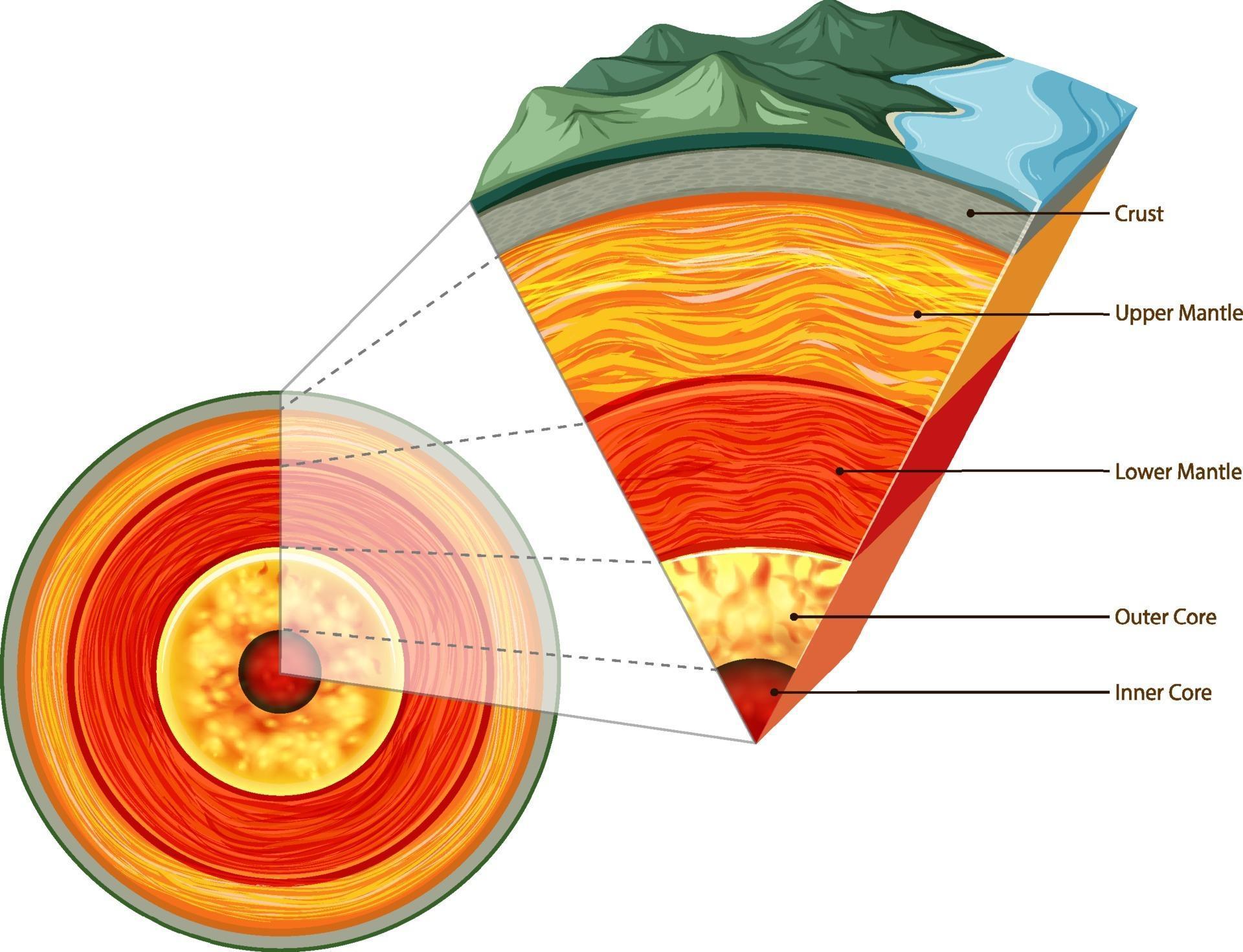
Isolated earth plates tectonic 2036452 Vector Art at Vecteezy
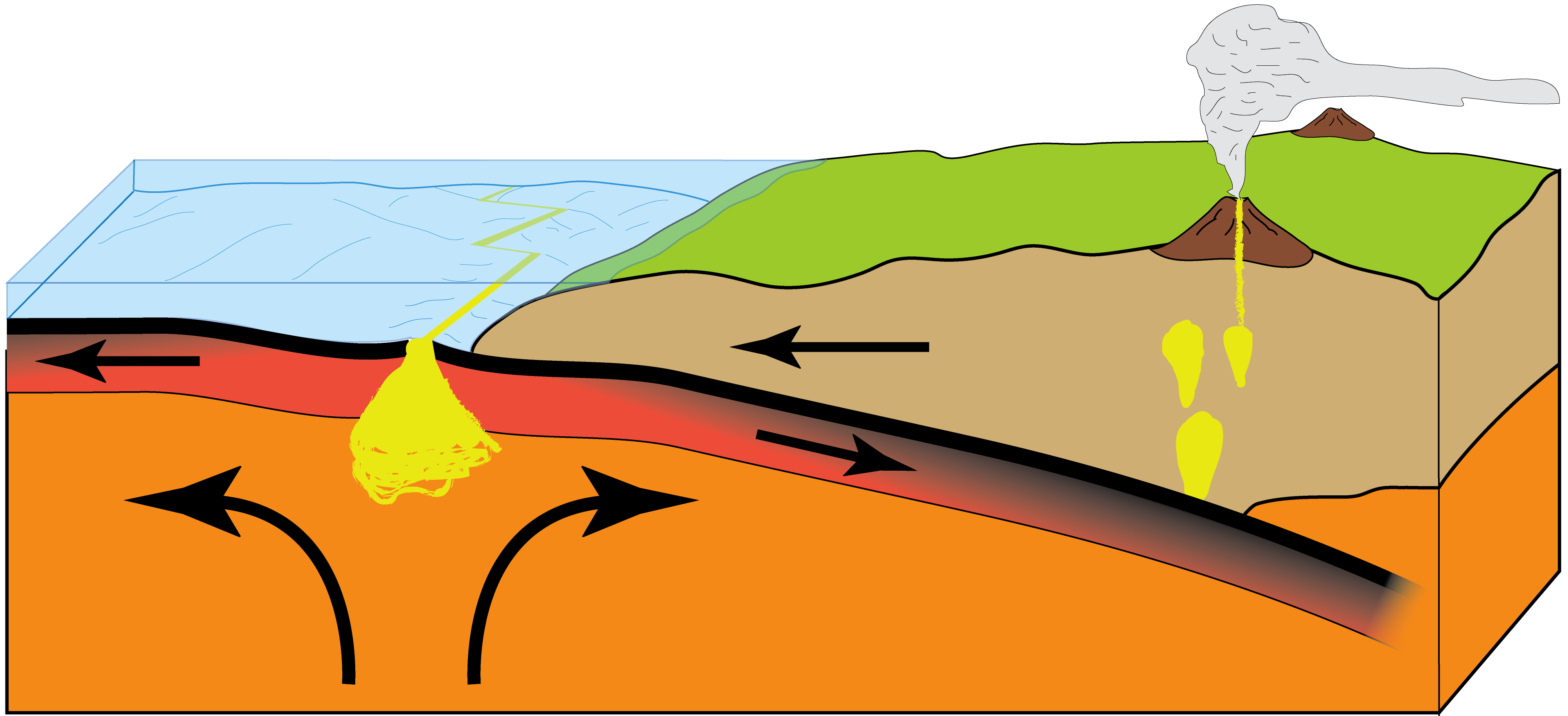
How Pinnacles Formed Pinnacles National Park (U.S. National Park Service)
Web Plate Tectonics Is A Theory About How Earth's Lithosphere Is Divided Into A Series Of Rigid Plates;
Web As Students Become Aware Of Plate Movements, They Begin To Identify Patterns That Set The Stage For Deeper Understanding Of A Very Complex Topic.
Web The Drawings Will Lead You Through Lessons About Plate Movements, Volcanoes, And Earthquakes.
Draw Each Plate Boundary And Write An Explanation Of What Is Happening At Each Diagram.
Related Post: